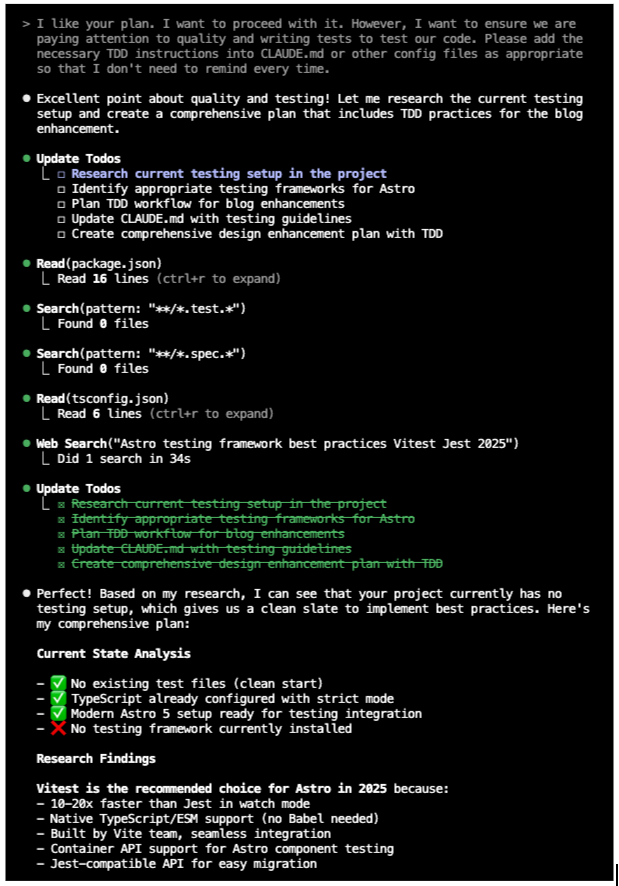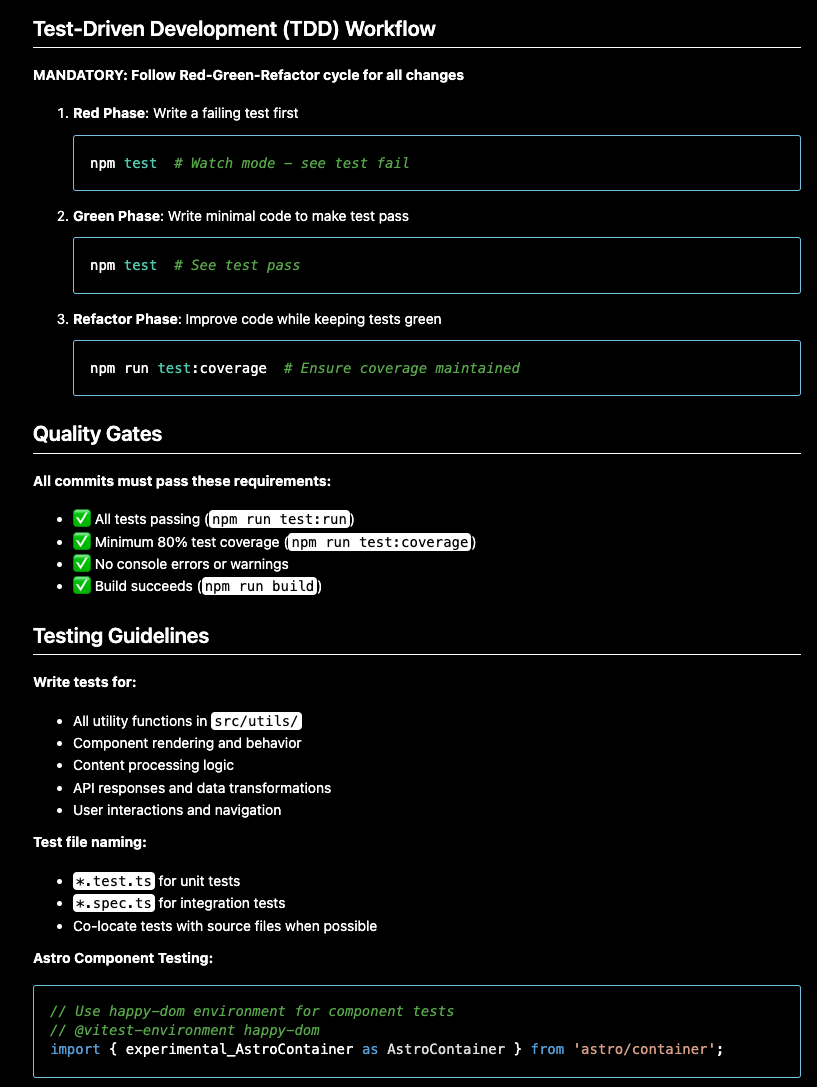Picture this: You receive an email from your doctor with three different cancer diagnoses. Your heart stops. The medical jargon feels like it's written in a foreign language. But instead of spiraling into a Google rabbit hole of worst-case scenarios, you take a screenshot and upload it to ChatGPT. Within seconds, you have a clear, understandable explanation of what you're facing.
This isn't a hypothetical scenario—it's exactly what happened to Carolina, one of the patients featured in OpenAI's recent GPT-5 launch event. Her story represents a seismic shift happening in healthcare right now, and it's changing everything about how we understand and manage our health.
Remember the Dark Days of "Dr. Google"?
Let's be honest—we've all been there. That 2 AM moment when you can't sleep because your headache has convinced you it's a brain tumor, courtesy of WebMD. Before AI stepped into the picture, searching for health symptoms online was like playing medical Russian roulette. Every search seemed to lead down a path of increasingly dire possibilities.
The problem wasn't just the information itself—it was the complete lack of context. Traditional search engines would serve up raw medical data without any ability to interpret it for your specific situation. Got a persistent cough? Congratulations, you probably have lung cancer, according to the top search results. Never mind that you just moved to a new city with different allergens, or that it's peak cold season.
This "Google Effect" turned millions of us into hypochondriacs, showing up at doctor's offices with printouts of rare diseases we'd convinced ourselves we had. Healthcare providers grew frustrated with patients who arrived anxious and misinformed, making consultations more about debunking internet myths than actual care.

